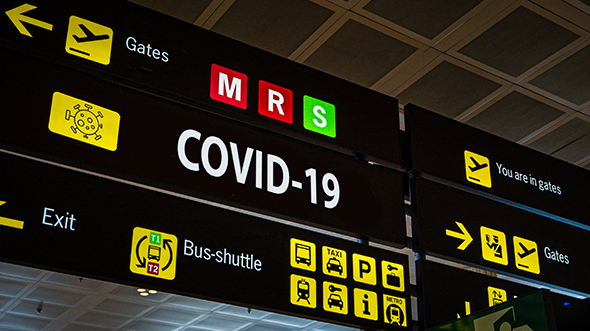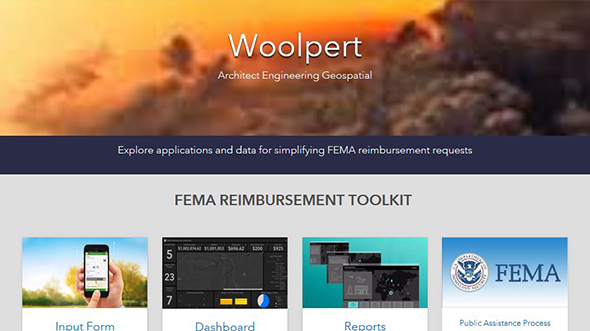
BLOG
—
An Airport Strategic Plan Is More Important Now Than Ever
After 2020, are any aviation professionals confident in what will happen to airports in 2021? It is likely that none of us had a pandemic in our plans, and many assumptions that were made at the beginning of the pandemic have changed as we have learned more. The hope for all of us is that the vaccine will begin to turn things around and that we will start to recover, but there still are many unknowns. One thing that is for certain is that our industry will never be the same, and that the next five years for airports will be different than we imagined even a year ago.
So, how should we approach this new world? And how can airport leadership successfully navigate with this hazy, unpredictable outlook? An important tool for any organization to chart a course for its future is to think, plan and implement from a strategic perspective. A strategic perspective focuses on the future and how an organization can position itself for growth, survival or a change in direction.
Based on what we experienced in 2020, operating within the framework of a strategic perspective is more critical now than ever. Airports have employees who are uncertain about their future, have limited resources for the next several years and are facing significant organizational changes. This uncertainty may cause many leaders and policymakers to hesitate to make plans or predictions regarding the next five years. However, developing a strategic plan is even more important when there are so many unknowns. It provides structure and the ability to be flexible and nimble in this dynamic, evolving environment.

A strategic plan helps stakeholders see the big picture of where the organization is trying to go in the next five years. This plan doesn’t ensure that the measures developed and implemented will succeed. But having a plan for where your organization is trying to go provides a sense of purpose and alignment. Having a plan to climb out of this dive instead of operating in a reactive mode prevents the inevitable sense of frustration when nobody knows what is going on.
A strategic planning effort enables airport stakeholders to be part of the solution and set the direction for the future. Input from a variety of stakeholders on what to protect, maintain, improve and pursue is critical to the success of your organization. Your frontline employees and tenants have valuable perspectives on what is going on and what should be done. They also will be much more supportive of a collaborative strategic plan as compared to a top-down directive.
A strategic plan helps allocate scarce resources. Aligning your operating budget and capital programs with your strategic priorities helps separate those programs and projects that are critical for success from those that don’t contribute to where the organization is trying to go.
A strategic plan helps an organization deal with daunting challenges. Many airports may be faced with a shrinking marketplace and fewer resources. Taking a thoughtful and transparent approach for strategic organizational changes is preferable to having an environment in which staff members don’t know what their future looks like.
If you have an existing strategic plan, it probably isn’t relevant in 2021. Our airport world has gone from capacity constraints and record passenger numbers to touchless technology and COVID passenger screening. Your strategic priorities will need to change to survive and adapt in a virtual world.
A strategic plan helps build a positive organizational culture. Creating a shared vision and common goals provides leadership with the platform to build organizational energy and focus efforts to achieve meaningful and constructive change.
If you haven’t done so yet, it is time to think about what your airport will look like and how it will operate five years from now. As a leader, you shouldn’t figure it out by yourself. A strategic plan is a collaborative and proactive approach in dealing with the future, and we need all the help we can get.

Jeff Mulder
Woolpert Senior Consultant Jeff Mulder, A.A.E., has more than 30 years of experience in the aviation industry. He has served as the director of airports in three states, has a master’s degree in business administration, is a commercial pilot and a certified flight instructor, and has chaired the American Association of Airport Executives.

Hilary Fletcher
Hilary Fletcher is the director of community and governmental affairs for Jviation, a Woolpert Company. Fletcher has 29 years of experience in local government and the aviation industry. She has a master’s degree in public administration and has served as an adjunct professor at the University of Colorado Denver for 15 years.


